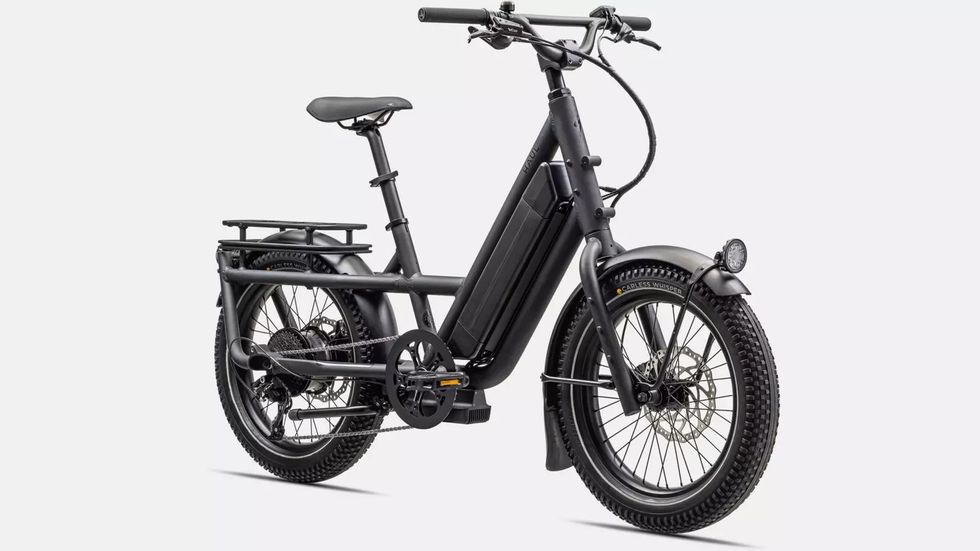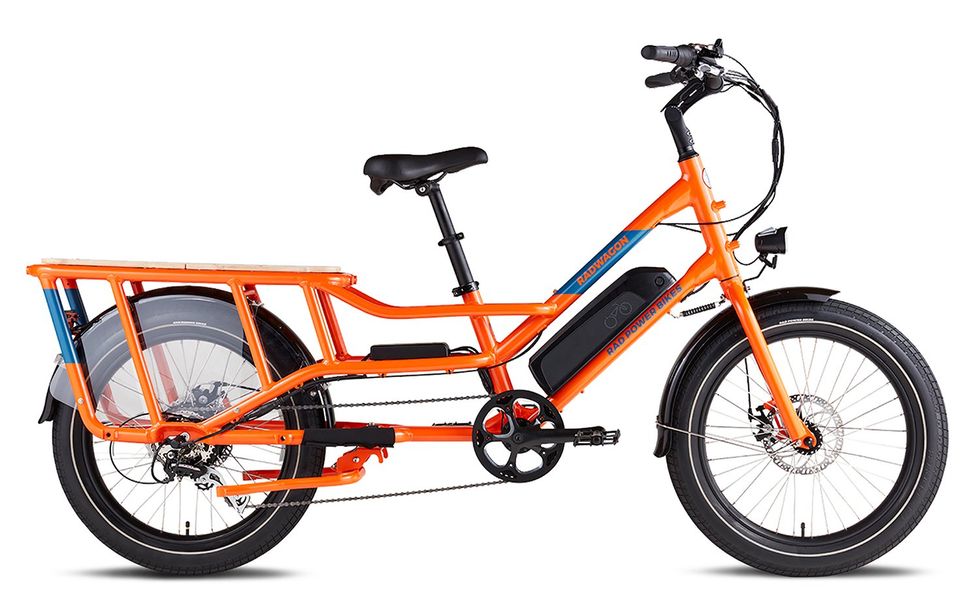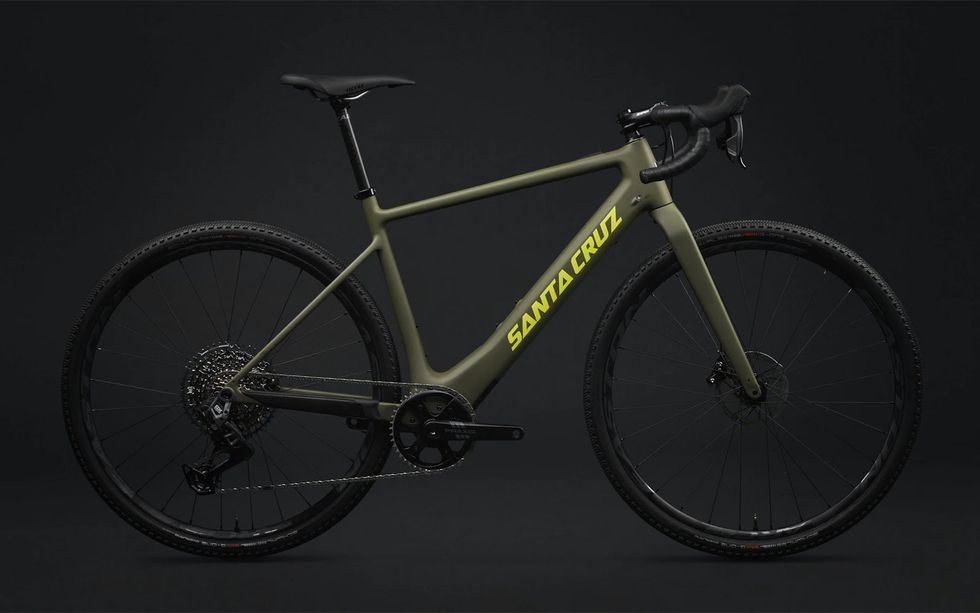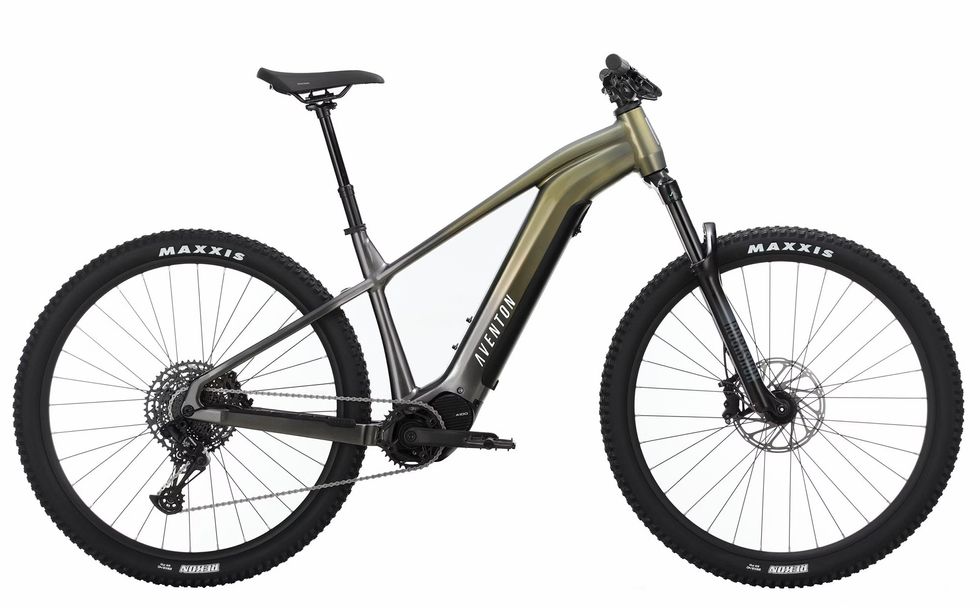Since Tesla seized the world’s imagination, EVs have been cast as lead rebels in the transportation revolution. Then e-bikes whirred into the war against climate change. In 2024, a maturing industry is broadening its design ambitions and engineering sophistication. Manufacturers are expanding into traditional riding categories and creating new ones: Fat-tire bikes and lightweight commuters. Folding bikes for space-challenged riders. Serious cargo haulers and people movers that can replace car trips. All with life-cycle carbon emissions at a fraction of the most efficient EV, scooter or motorcycle.
“As Americans get used to the idea of bikes that can carry cargo or passengers, that expands the opportunity to reduce car trips.” —John MacArthur, Portland State University
“It took years for e-bikes to ramp up and enter the public consciousness,” said Tara Seplavy, an editor, racer and product tester at Bicycling magazine. “But we’re now experiencing the quickest tech development I’ve seen in the bike industry in 30 years.”
John MacArthur, sustainable transportation program manager at Portland State University, has studied e-bikes for more than a decade. As genres expand beyond pure recreation, he said, companies and riders alike are seeing e-bikes as a legitimate stand-in for polluting cars.
“The research shows that e-bikes get more people riding, and more people riding more often,” MacArthur said. “As Americans get used to the idea of bikes that can carry cargo or passengers, that expands the opportunity to reduce car trips.”
Prices drop, remit expands
With post-Covid supply chains untangled, prices are plummeting, introducing new riders to the advantages of electric-assisted chain or belt drives—almost unfair to anyone who’s puffed their way up hills on a conventional bike. Tech features that were once prohibitively expensive, including hydraulic disc brakes, are falling within reach of the masses. Hub-motor designs, which power a rear wheel independently of the pedals and crankset, can deliver a thrilling burst of torque, but were often seen as unreliable or clumsy to ride. Tech refinements have made hub motors a viable alternative to sophisticated “mid-drive” designs with motors integrated into the crank assembly itself.
“We’re seeing a big shift, people turning an e-bike into their preferred transportation method.” —Sarah Thorne, Colorado Energy Office
“E-bikes were seen as a nice plaything for people with money,” said Seplavy, who spent two decades in bicycle product and brand development. “But great bikes have now dipped below $2,500, and as low as $1,500. They’re taking root with Americans, and familiarity is huge: More people try them, they enjoy the ride, and the price comes down.”
Grand View Research projects the U.S. e-bike market will grow by nearly 16 percent annually through 2030, to more than $6.5 billion a year. And experts cite cargo bikes as 2024’s hottest trend. Heavy-duty frames ensure payload capacity. Step-through frames make it easy to hop on and off when bikes are piled with gear. Smaller wheels and reworked geometries reduce the center of gravity and turning radius, boosting maneuverability for these beefy workhorses. Amazon and FedEX have struggled to commercialize e-bikes—including FedEx’ oddball four-wheeled “bike” with an enclosed cab—yet those companies see opportunities for money-saving, emissions-free “last mile” deliveries.

Bicycling actually named a cargo bike, the Specialized Globe Haul ST, its 2023 Bike of the Year. The Haul ST brings five levels of pedal assist and up to 97 km (60 miles) of range via a robust 750-watt mid-drive motor. There’s a generous 190 kilograms (419 pounds) of load capacity, including the rider’s weight. Grippy 8.9-centimeter (3.5-inch) tires provide traction, with confident braking power to haul this beast down. Another appealing cargo bike, Rad Power Bikes’ RadWagon 4, can haul up to 159 kg (350 pounds). A 750-watt geared hub motor hustles the RadWagon to a 32-kph (20 mph) peak via throttle or pedal assist. A 672-watt battery supplies up to 72 km of assisted range, with user-friendly features like a USB charge port.

According to the Federal Highway Administration’s National Household Travel Survey, nearly 52 percent of vehicle trips are eight kilometers (five miles) or less, and 38 percent are below five kilometers.
Finding a commuter niche
Yet as potential trips approach that eight-kilometer (five mile) mark, riders of purely muscle-propelled bikes can become discouraged: Think the employee who doesn’t have 30 or 40 minutes to ride to work, only to arrive a sweaty mess. On an e-bike, that trip becomes a low-perspiration breeze of 20 minutes or so.
An electric assist “breaks down barriers to riding,” including for older adults, people with physical issues, or anyone whose ride includes dauntingly hilly terrain.
“Consider the run to the grocery store, the ride to the gym, or to drop kids at school,” Seplavy said. “Those are things people do several days a week, no matter where you live. If you take even some of those car trips out, you’re doing something for the environment, reducing traffic. And it’s even good for you.”
MacArthur agreed, saying studies show e-bikes help riders ditch car keys by making trips beyond 8 kilometers more feasible. An electric assist “breaks down barriers to riding,” including for older adults, people with physical issues, or anyone whose ride includes dauntingly hilly terrain.
A study co-authored by MacArthur estimated that if Portland residents used e-bikes for just 15 percent of trips, CO2 emissions would drop by 12 percent, after accounting for e-bike electricity generation. A University of Oxford study said replacing a car trip with a bike run just once per day slashed a person’s transportation emissions by 67 percent.
According to Polytechnique Insights in France, e-bikes produce an average 13g of carbon dioxide per kilometer of travel, versus 60-to-75g for even a tiny electric city car. And 94 percent of an e-bike’s life cycle GHG emissions are generated by its manufacture, making the rest an almost-literal free ride.
Experts said government incentives can further encourage adoption, with nine U.S. states—including California, Washington, Connecticut, Minnesota and Vermont—having approved or funded rebate programs for e-bike buyers. Beginning in April, all Colorado residents are eligible for a $450 tax credit on e-bikes, with another $50 going to shop owners.That expands a $12 million Denver clean-energy program initially aimed at low- and moderate-income buyers, that saw nearly 5,500 people grab an e-bike discount. Every taxpayer is eligible for up to one new e-bike tax credit a year. Sarah Thorne, senior transportation program director at the Colorado Energy Office, said the uncapped credit program is projected to lure up to 150,000 e-bike buyers through 2032. Feedback from Denver participants showed “We’re seeing a big shift, people turning an e-bike into their preferred transportation method,” Thorne said.
With Colorado facing shortfalls in an ambitious goal to cut CO2 emissions by 50 percent by 2020, an updated road map 2.0 shows the state getting about 96 percent of the way there. Will Toor, executive director of the Colorado Energy Office, said e-bikes may be less about direct emissions reductions, and more “as one piece in a comprehensive strategy for improving quality-of-life” that includes retiring coal generation and boosting renewables; improving public transit, cycling and pedestrian infrastructure; and building housing that’s closer to jobs—all while making it easier and cleaner to bike instead of drive.

A bid to trim mass from battery-stuffed bikes is another way to ease the load. Santa Cruz is among brands creating weight-saving designs with compact motors and batteries integrated in downtubes. With its carbon-fiber frame, the Santa Cruz Skitch is pricey at $5,999 to start, but weighs as little as 13.5 kg (30 pounds), within striking distance of a conventional mountain bike. And Seplavy raved about more-affordable model with disruptive potential.

Reaching new ranges
For adventurous types, Aventon’s first mid-drive mountain bike is light and nimble enough for trail running with-a-boost, and doesn’t break the bank at $2,699. A new motor, developed with China’s Gobao, spins up 250 sustained watts and a 750-watt peak, with three levels of pedal assist. An “IP67” rating ensures the motor can withstand a 30-minute immersion in three feet of water, along with trail dirt and mud. There’s a frisky 100 Nm of torque, a removable 708-watt battery, hydraulic disc brakes, a backlit LCD display and over-the-air updates.
“The Aventon Ramblas is the best bike I’ve driven in the last nine months” Seplavy raved. “They created a whole new category of a hardtail mountain bike that’s actually capable off-road.”
Experts agree mid-drive bikes typically deliver a less herky-jerky ride, because the motor assist is integrated into the pedal crank itself. The current democratization of hydraulic torque sensors makes mid-drive power even more fluid. Compared with cruder wheel sensors, which only measure wheel rotation, hydraulic torque sensors directly monitor the force produced by your two feet. Those sensors dial in assist more precisely, with fewer surprise surges.
Experts urged riders to consider hydraulic disc brakes, another feature increasingly available on bikes priced at $2,000 or less. As with electric cars, weighty e-bikes call for stopping power to match. Some models integrate beefy disc rotors of up to 200-mm diameter.
Smarter battery management is also eking out more range, faster charging and improved cold-weather performance. And in September, New York became the first city in America to ban uncertified e-bikes or batteries, in the wake of deadly lithium-ion fires that claimed 14 lives and injured 93 others. New York’s law requires UL 2849 certification for all e-bikes sold or rented in the city. Experts say the law, along with a trade-in program for sketchy uncertified bikes, is a national wake-up call that’s driving dubious players from the market.
“It’s kicking the entire industry toward certification,” Seplavy said. “Almost every battery you’re seeing is from makers like LG and Samsung, with no cheap, unknown sources.”
The industry still faces obstacles that can stymie even intrepid riders. A hodgepodge of local, state and national regulations makes it difficult for owners to be sure they’re on the right side of the law—or the right side of the path—including for “Class 3” bikes whose throttle-assisted motors can generate up to 45 kph. Some makers are blithely zooming past accepted categories that limit motors to 750 watts. Yet no matter their ultimate speed, the good, green vibes of e-bikes has them poised for takeoff.
“It’s almost impossible to ride an e-bike and not get off with a smile,” Seplavy said. “They’re just addictively cool to spend time on.”
Lawrence Ulrich is an award-winning auto writer and former chief auto critic at The New York Times and The Detroit Free Press.



